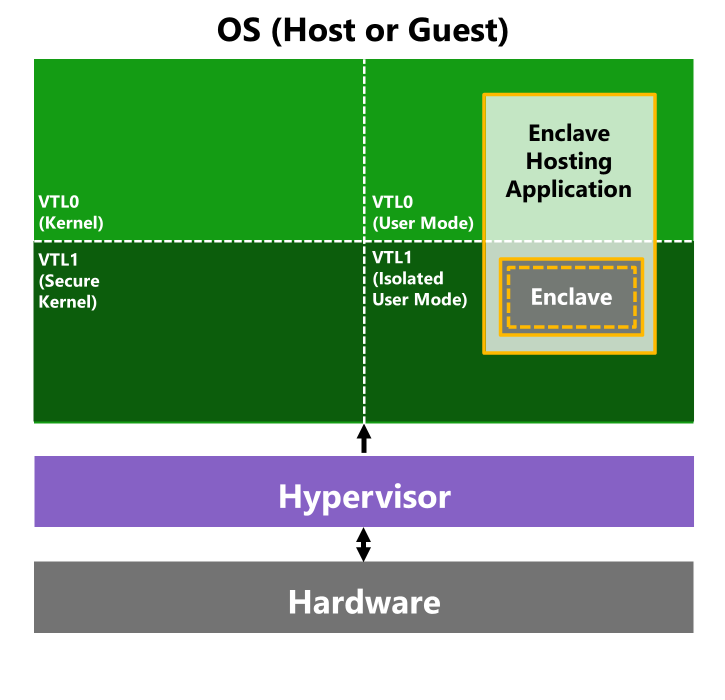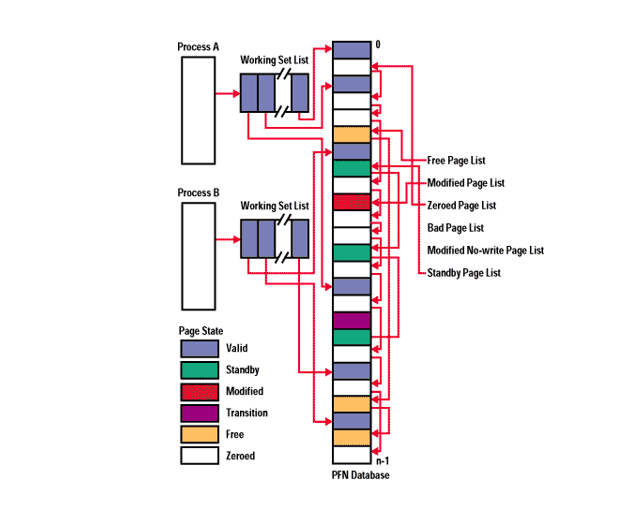BOF Linting for Accelerated Development
Creating Beacon Object Files (BOFs) allows operators to extend the functionality of a C2 framework, though their development may sometimes involve hidden complexities that only become apparent after the BOF is executed. Today, we introduce a BOF linting tool to address some of the common pitfalls.
BOFs are lightweight, in-memory modules used in Cobalt Strike and other post-exploitation/C2 frameworks such as Outflank C2 and Core Impact. They are object files produced by a C compiler (COFF). Cobalt Strike parses this file and acts as a linker and loader for its contents. This approach allows you to write code for use in Beacon, without tedious gymnastics to manage strings and dynamically call Win32 APIs.
BOFs are powerful and flexible, but their minimalistic design inherently comes with strict constraints.

